If you're considering creating a web app in 2024, you should consider giving Next.js a try. In case you haven't heard of it, Next.js is a framework based on React that makes it much easier to build dynamic and speedy web apps.
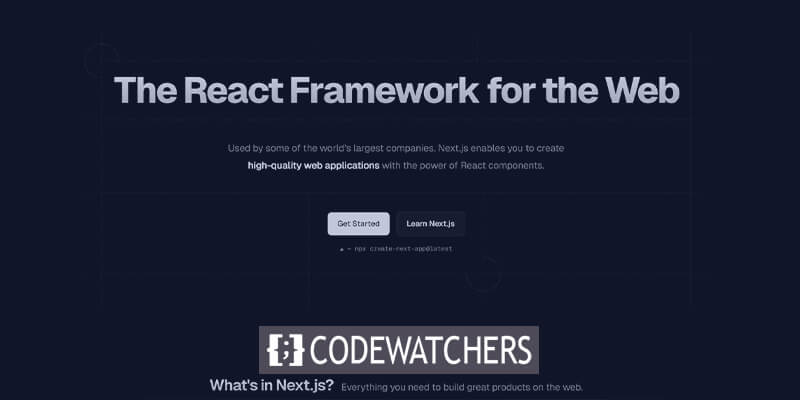
It's gained quite a bit of popularity, coming in as the second most recognized and used framework according to the State of JavaScript 2021 survey, and there's good reason for that.
In this blog post, we'll look at some impressive examples of websites and web apps built with Next.js to give you an idea of what you can achieve with this powerful tool.
Next.js: What is it?
Next.js is an excellent option for various projects, whether you're building a simple personal website or a complex eCommerce platform.
Create Amazing Websites
With the best free page builder Elementor
Start NowFor instance, if you're developing a Next.js application, you can utilize tools like React Apollo Client to efficiently retrieve and manage your data. Additionally, there are numerous libraries tailored for Next.js that streamline tasks like internationalization (i18n), enabling your website to connect with a global audience effortlessly.
We've already covered the fundamentals of Next.js extensively in a previous post, so we won't delve too deeply into it here. For this article, the definition provided by Vercel sums it up well: "Next.js is a flexible React framework that equips you with the essential building blocks for creating high-performance web applications."
What makes Next.js useful?
Easy to Get Started
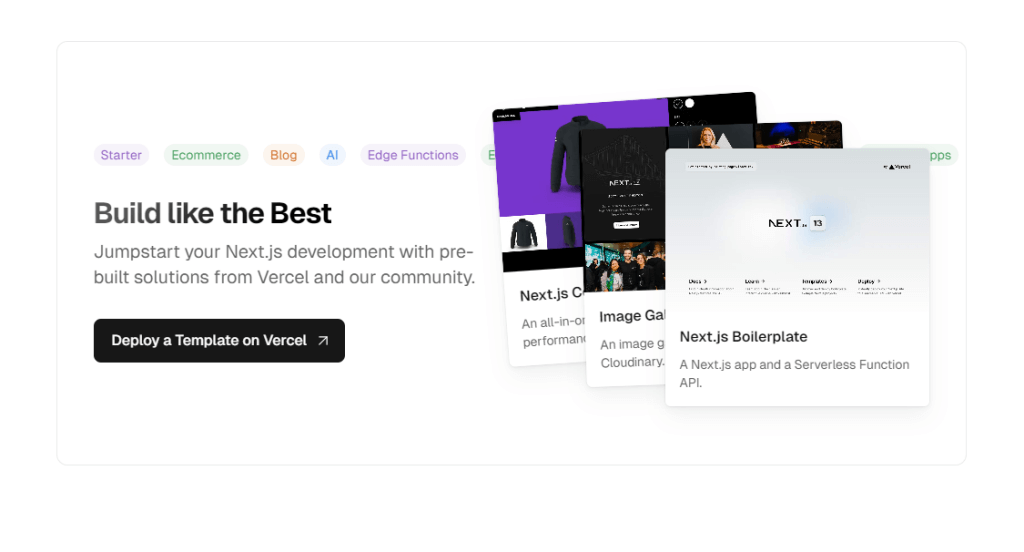
Getting started with Next.js is a breeze. Whether you're a newcomer to React, have experience building React apps, or are transitioning from frameworks like Angular or Vue, Next.js offers a smooth learning curve. The documentation is top-notch, supplemented by abundant tutorials and resources online. Even if you're starting from scratch, you can swiftly launch a basic web app.
Next.js is Fast

Next.js boasts remarkable speed. Each page in a Next.js web application is static, resulting in lightning-fast initial load times—quicker than traditional dynamic web apps built with PHP, Ruby on Rails, or CSS modules. Additionally, since the pages are pre-rendered on the server, subsequent interactions are snappy, eliminating the need for additional REST API requests and ensuring a responsive user experience.
SEO-friendly
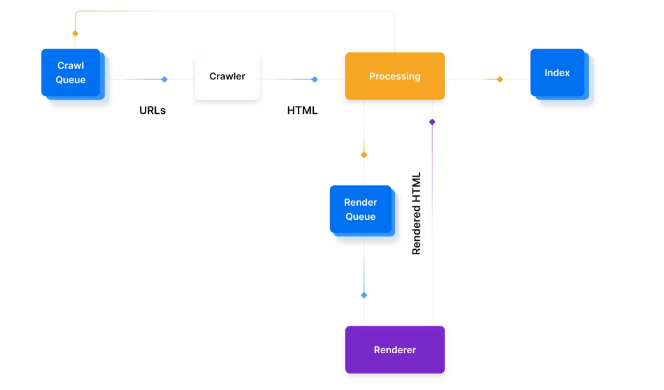
Next.js is SEO-friendly thanks to its static file generation at build time. Search engines can effortlessly index these pages, elevating their ranking in search results—a significant advantage over dynamically generated content in traditional web apps. Consequently, Next.js can drive more organic traffic to your web app, potentially expanding your customer base.
SSR and Code Splitting
Next.js comes equipped with essential features like server-side rendering and code splitting, seamlessly integrated into the framework. These features are vital for performance but can be complex to implement manually in a custom React framework. With Next.js, these concerns are alleviated, allowing developers to focus solely on building their web apps.
Simple Routing

Next.js simplifies routing with its intuitive system, facilitating the mapping of URLs to specific pages or components within your application. This straightforward routing mechanism enables the creation of fast and responsive single-page applications (SPAs). Moreover, Next.js offers flexibility for setting dynamic routes, empowering developers to tailor routing according to their requirements.
Best Next.js Website Examples
Next.js is incredibly versatile, allowing you to create your beloved projects with this fantastic JavaScript framework. Let's explore some of the top projects we've discovered.
Streaming
Next.js is great for making front-end apps. One cool thing about Next.js is that it's perfect for streaming apps. Unlike old-school setups where you have to download the whole app before using it, Next.js lets you load bits of it as needed. This makes Next.js apps snappier and cuts down on big data transfers. Plus, they can use server-side rendering, which boosts performance even more.

Hulu: Next.js enables Hulu to uphold a speedy and smooth website experience for its users. Their initial single-page application (SPA) ensures an immersive and fluid interaction. As a prominent streaming service attracting thousands of daily visitors, Hulu remains robust even during peak times. Consequently, users can swiftly access content and navigate through pages, even in areas with limited bandwidth.

TikTok: TikTok is swiftly emerging as the most favored social media platform, and its website contributes significantly to this rise. Users encounter an intuitive and easily navigable interface. With TikTok's emphasis on video content, the seamless transitions between videos enhance efficiency and user engagement. Next.js aids in presenting their videos vividly and maintaining clarity while scrolling.
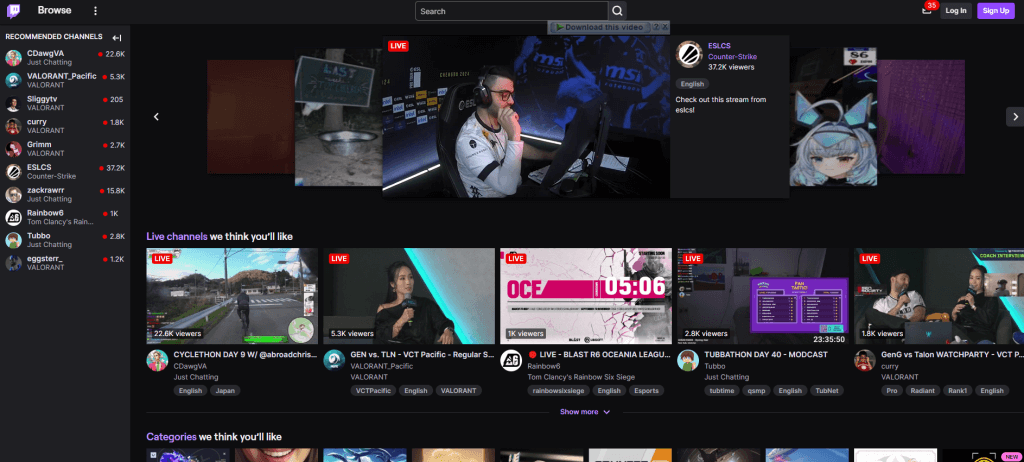
Twitch: Twitch excels in mobile optimization, allowing users to effortlessly browse and switch between streams. Unlike competing streaming platforms that often suffer from sluggishness, Twitch's pre-rendered pages ensure consistent speed even amidst high traffic volumes.
News sites
Next.js is particularly well-suited for crafting news sites. It offers a variety of features tailored for news organizations, such as a flexible page layout system, built-in TypeScript support, and a suite of performance optimization tools.
Moreover, Next.js excels in deployment and scalability, making it an excellent choice for high-traffic websites. Its seamless integration with other software like content management systems (CMSs) and analytics platforms further enhances its appeal, particularly for companies aiming to construct swift, efficient, and scalable news platforms.
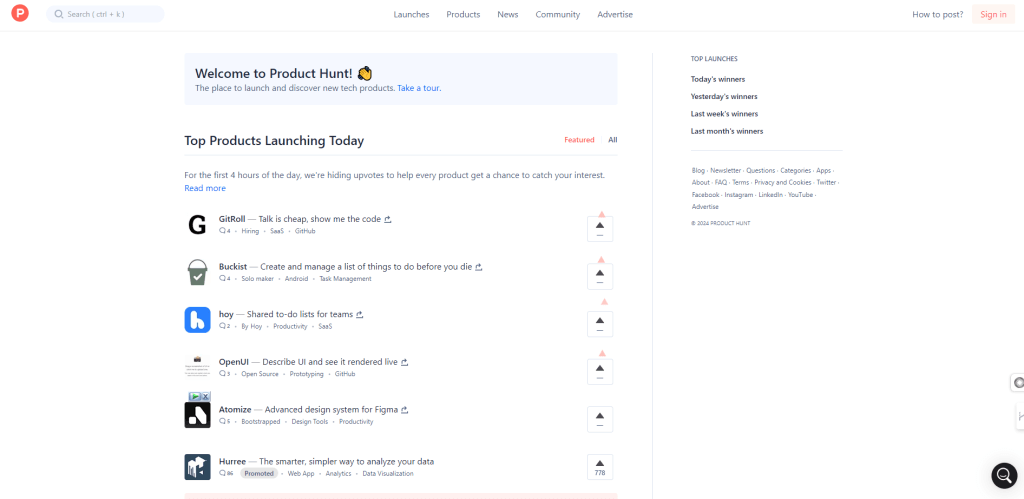
Product Hunt: Product Hunt stands out for its efficiency, boasting a user-friendly layout that facilitates quick navigation. With numerous pages and discussion boards, the site manages to load each one effectively. Its search function is also forgiving, accommodating various inputs for users seeking specific items.

Vice: Next.js has proven instrumental for Vice, a prominent news network, in managing heavy traffic loads. Pre-rendered pages ensure smooth navigation, even during peak usage times. The layout is clear and user-friendly, allowing visitors to navigate with ease. Additionally, Vice's use of vibrant, high-quality images maintains clarity regardless of size.

Futurism: Futurism's mobile site earns praise for its excellence, featuring bright colors, fast-loading images, and user-centric design. Content is presented logically, facilitating easy article discovery and consumption. The mobile version mirrors the desktop site in detail, ensuring consistency across platforms.
eCommerce
Next.js offers a lot of flexibility for eCommerce developers. With Next.js, you have a range of plugins and templates to choose from, allowing you to craft a unique shopping experience for your customers. Moreover, integrating with third-party services like payment gateways, inventory management, and shipment tracking becomes a breeze with Next.js.
One of the standout features of Next.js is its vibrant developer community, continuously working on enhancements and updates. This ensures that Next.js stays at the forefront of eCommerce technology, evolving to meet the industry's demands. If you're in search of a robust platform to build a thriving online store, Next.js should be your go-to choice.

Nike: Nike's website homepage is captivating and user-friendly. It boasts fast and responsive links, ensuring seamless navigation between pages. The site prioritizes user experience, evident in features like the smart search bar that suggests relevant options based on user input.

Doordash: On Doordash's mobile site, users are treated to personalized experiences. The site efficiently identifies the user's location and presents nearby restaurants, complete with filters for cuisine type, restaurant quality, location, and pricing. This streamlined process effortlessly guides users to their desired destinations.

Leafly: Leafly stands out by instantly providing nearby stores based on the user's location. Each store listing offers responsive links leading to detailed information pages. Moreover, Leafly's website is designed with accessibility in mind, featuring high color contrast and underlined text upon hover, enhancing usability for disabled or impaired users. Overall, Leafly offers a personalized browsing experience that encourages repeat visits.
SaaS
Next.js is a robust tool for creating web applications that are both fast and scalable. It's particularly beneficial for Software as a Service (SaaS) companies, which often deal with significant amounts of data and traffic.
For SaaS businesses, Next.js offers a range of essential features like server-side rendering, code splitting, and automatic static optimization. These features ensure that Next.js applications load swiftly and efficiently, even when experiencing heavy traffic. Moreover, Next.js is user-friendly, simplifying the setup process and making it an excellent choice for businesses that need to establish an online presence quickly.
Let's take a look at how some companies are benefiting from Next.js:
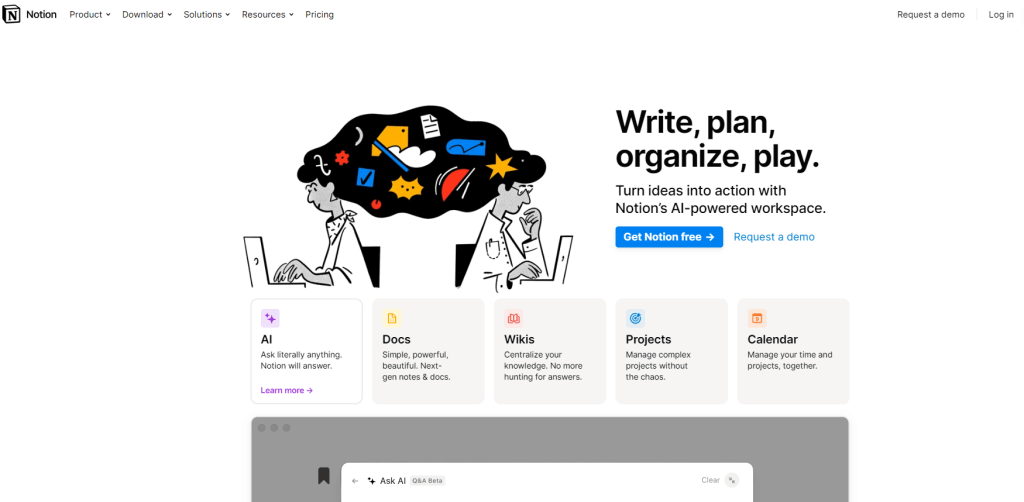
Notion: Notion's mobile website mirrors its desktop version, including interactive elements for a personalized mobile experience. Next.js supports Notion's site, ensuring smooth performance despite high traffic. Notably, their site is accessible to all users with alt text for images and excellent contrast.
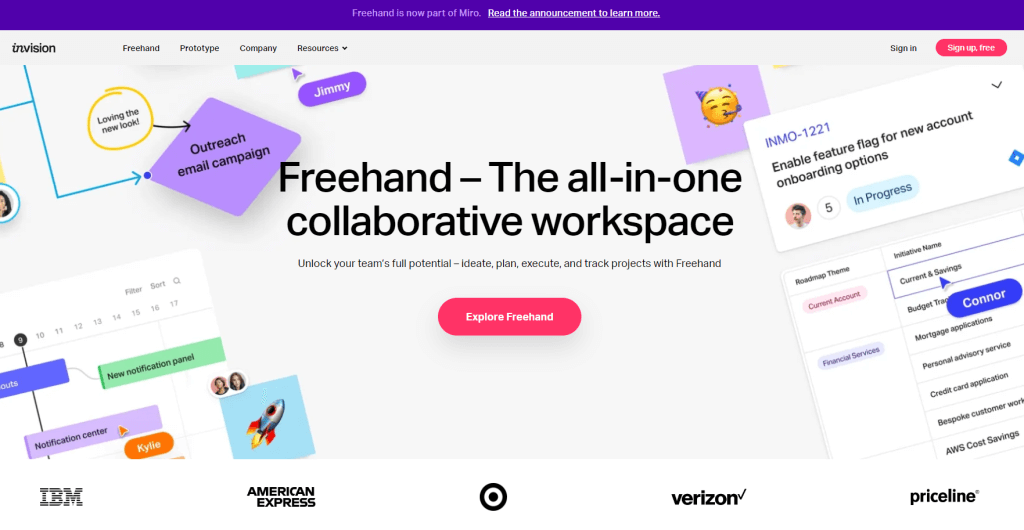
InVision: InVision, a bustling workspace, showcases dynamic elements like videos and images on its site. With Next.js, the site maintains its speed even under pressure, ensuring pages load effortlessly for users, regardless of the content or traffic volume.
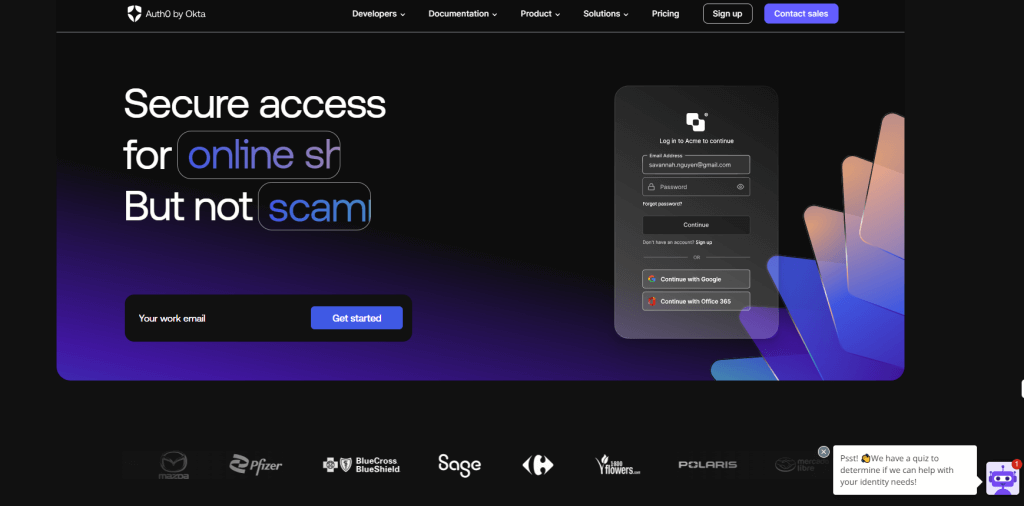
Auth0: Auth0 experiences significant traffic, both from visitors exploring the service and customers logging in. Despite this, navigating their site is effortless and swift. Their strategic use of images aids in guiding users, and the pages load quickly. Additionally, Auth0's personalized customer service bot enhances user experiences, fostering customer loyalty.
Entertainment
Next.js offers a significant advantage by simplifying the process of fetching data from APIs and rendering pages on the server side. This feature ensures that Next.js applications remain swift and responsive, even when accessed through slow internet connections. Moreover, Next.js includes built-in support for SEO, which is crucial for entertainment websites striving to achieve high rankings in search engine results.
Furthermore, Next.js boasts several features specifically tailored for entertainment sites. For instance, it supports lazy loading of images, which helps conserve bandwidth and enhance loading times on mobile devices. Additionally, Next.js features a built-in image optimizer that reduces file sizes without sacrificing image quality.
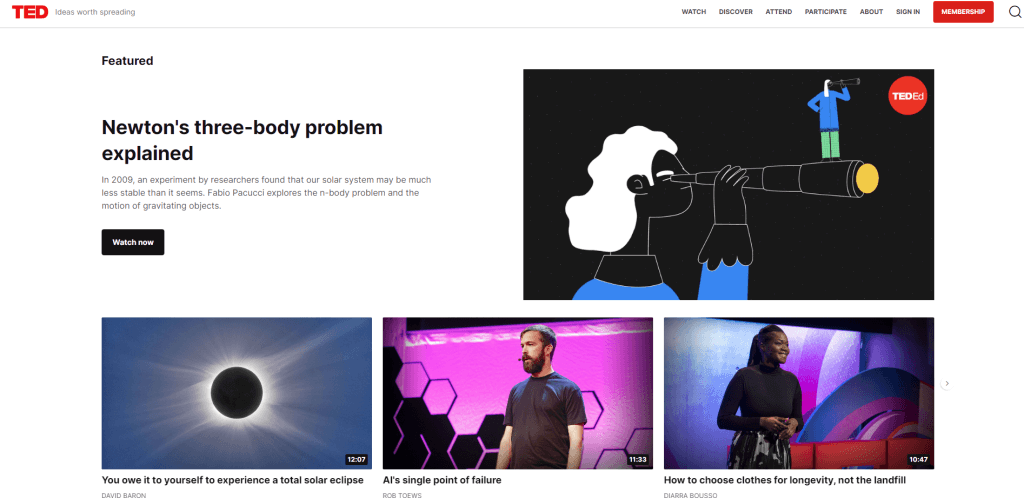
TED: Take TED's homepage as an example. Despite featuring numerous images, they maintain clarity and brightness while benefiting from lazy image loading, ensuring smooth performance even on pages with many images, thus creating a responsive mobile experience. Users can seamlessly navigate between pages without enduring lengthy loading times.
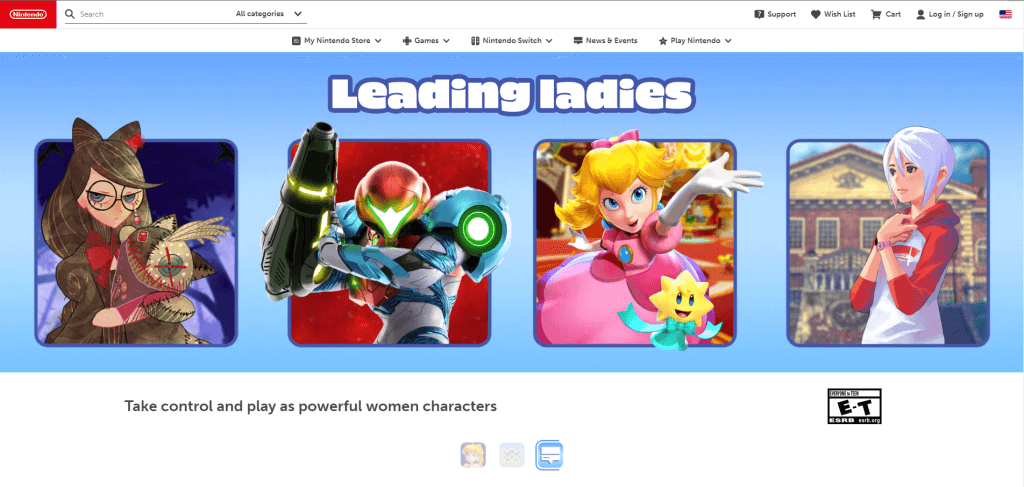
Nintendo: Nintendo's desktop and mobile sites also provide a seamless experience for users, with a navigation bar layout designed to keep users engaged. Pages load almost instantly upon user interaction, and the site's use of smaller images maintains clarity without compromising quality.
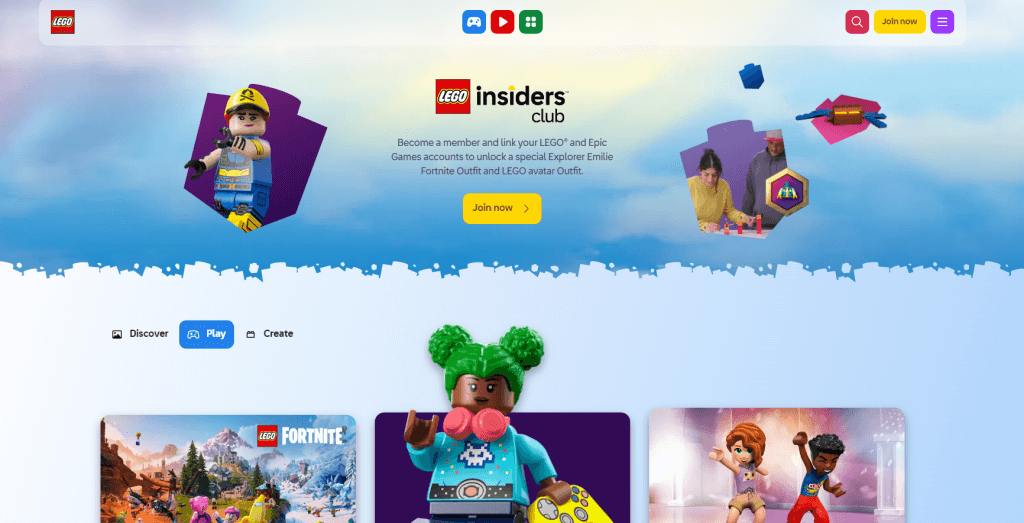
Lego: Lego for Kids prioritizes accessibility for children, evident in its intuitive mobile navigation and efficient, error-tolerant games and videos. Thanks to Next.js' capability to render pages efficiently, children in low-bandwidth areas can still enjoy a responsive site.
Finance
Next.js is known for its robust security features. It implements modern encryption techniques and ensures secure data transmission through HTTPS, safeguarding user information. Moreover, it boasts exceptional scalability, effortlessly managing heavy traffic loads while maintaining smooth website operation.
Additionally, Next.js offers a user-friendly experience with its straightforward syntax and comprehensive documentation, facilitating quick adoption and providing readily available support. These qualities make it an ideal choice for finance websites, given its combination of speed, security, scalability, and ease of use.
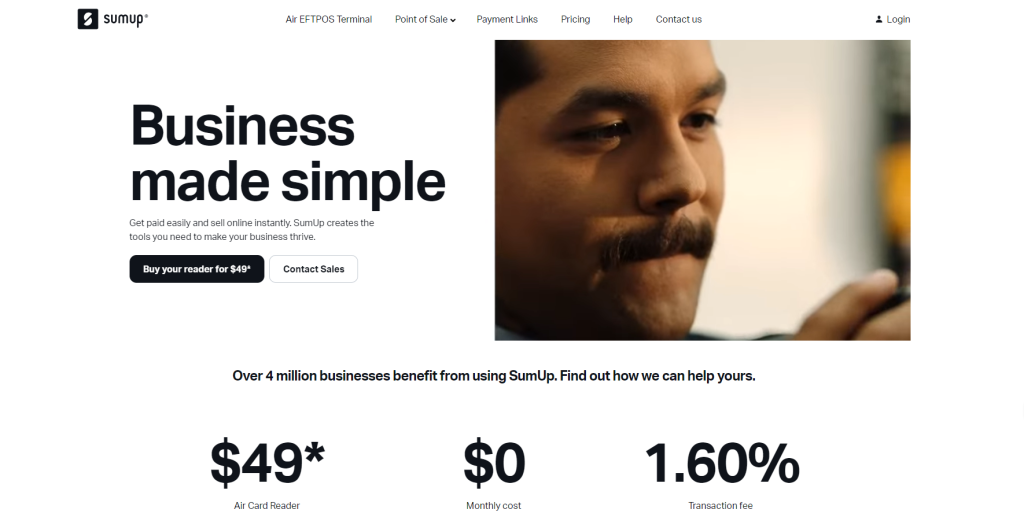
SumUp: SumUp, another platform built on Next.js, impresses users with its remarkable speed, loading dynamic images almost instantaneously and employing a loading bar for smooth page transitions. Its minimalist design streamlines navigation, providing users with a straightforward browsing experience.
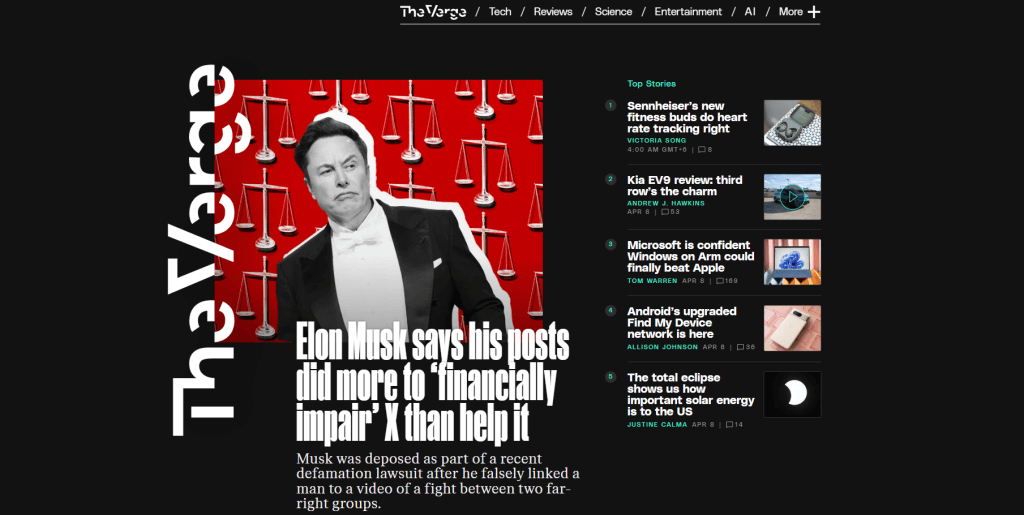
Verge: The Verge website stands out for its intuitive layout, effectively organizing a vast amount of content. Utilizing a split-screen approach, it highlights specific articles and employs high-quality, smaller images to enhance visual appeal and user engagement during browsing sessions.
Wrapping Up
Next.js is a flexible tool suitable for various projects, ranging from basic personal websites to extensive eCommerce platforms.
Numerous libraries designed for Next.js simplify the integration of features such as internationalization (i18n), enabling your website to cater to a global audience effortlessly.
In this blog post, we've explored some standout examples of websites and web applications built with Next.js, providing insight into the capabilities of this robust tool.





